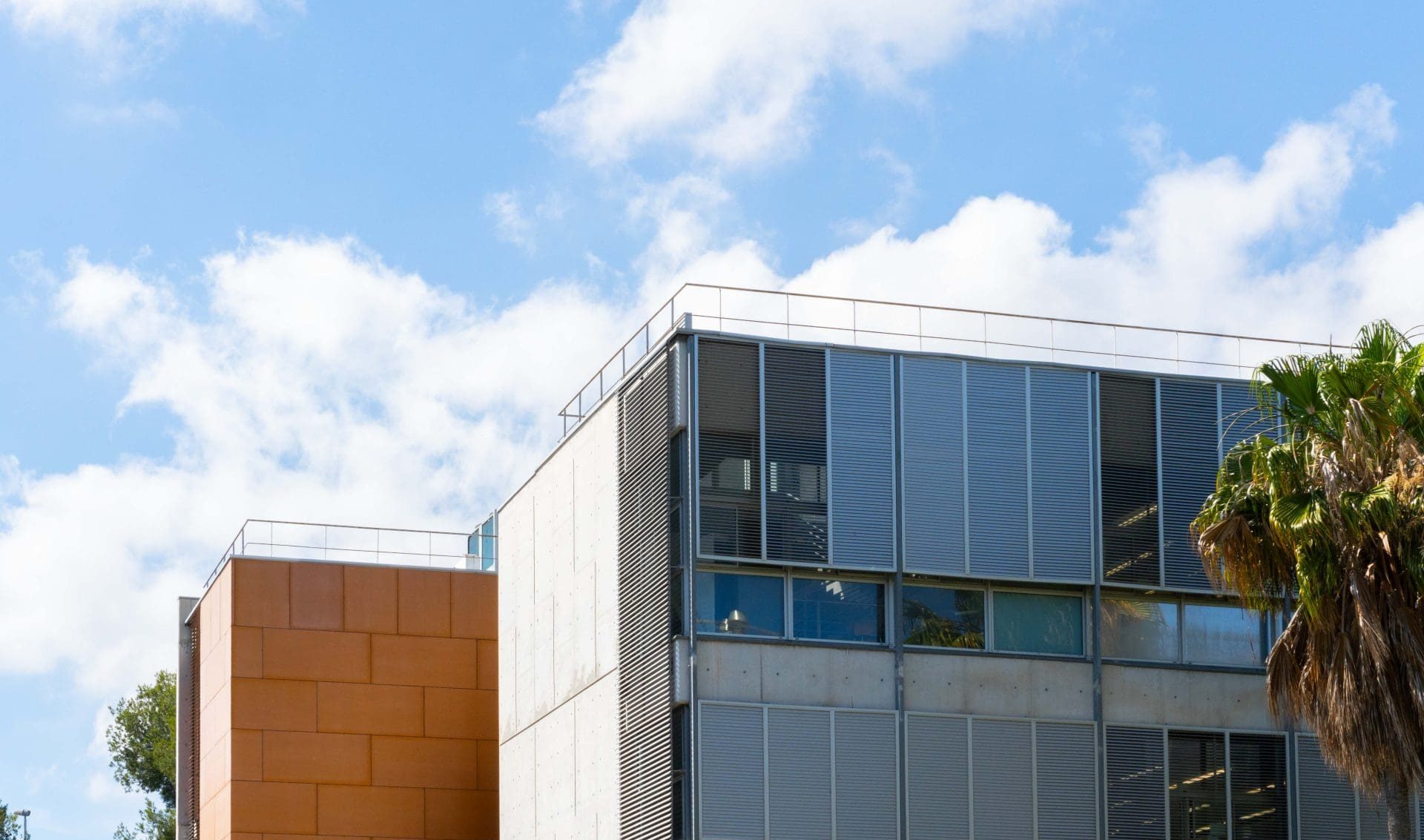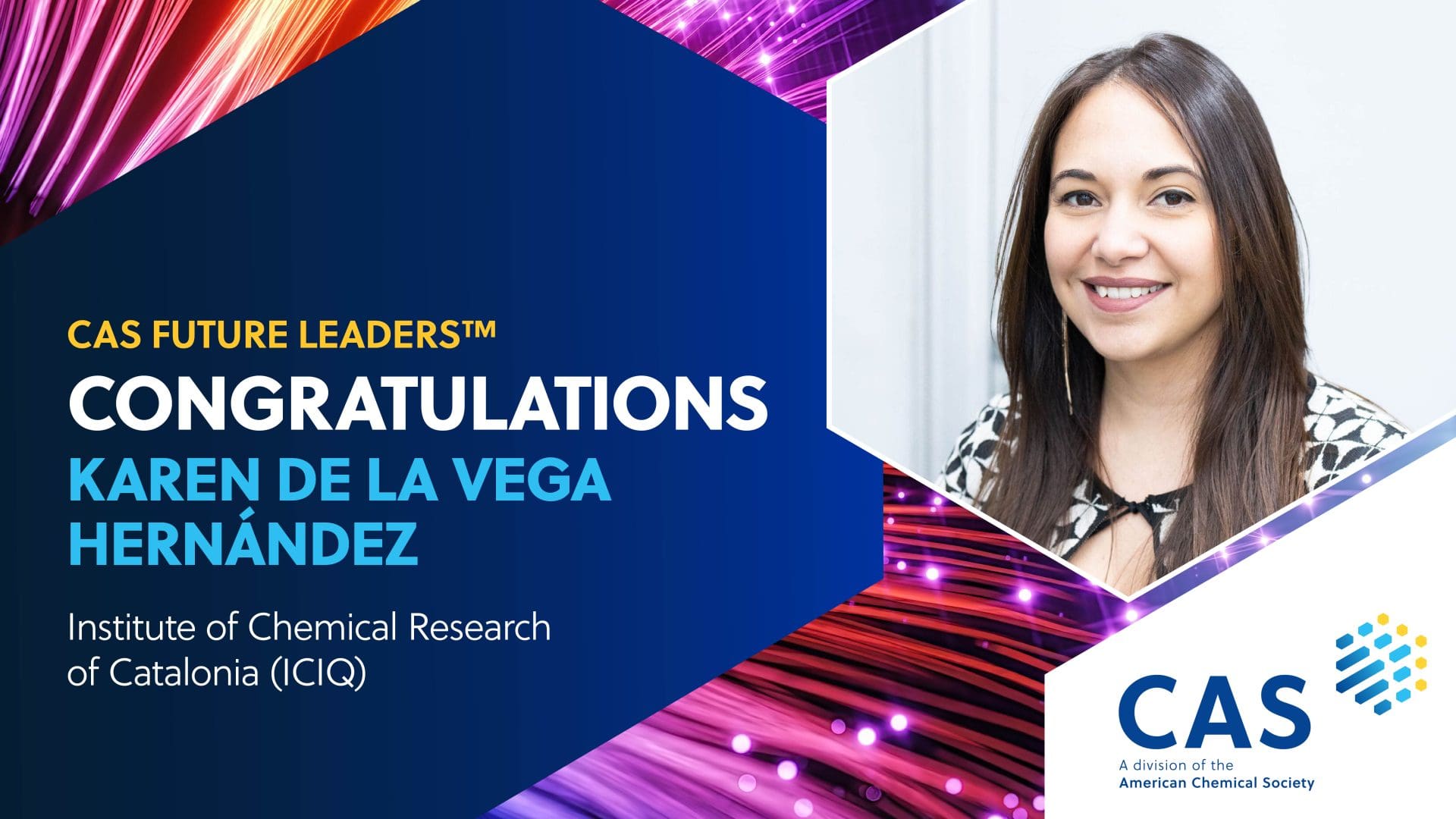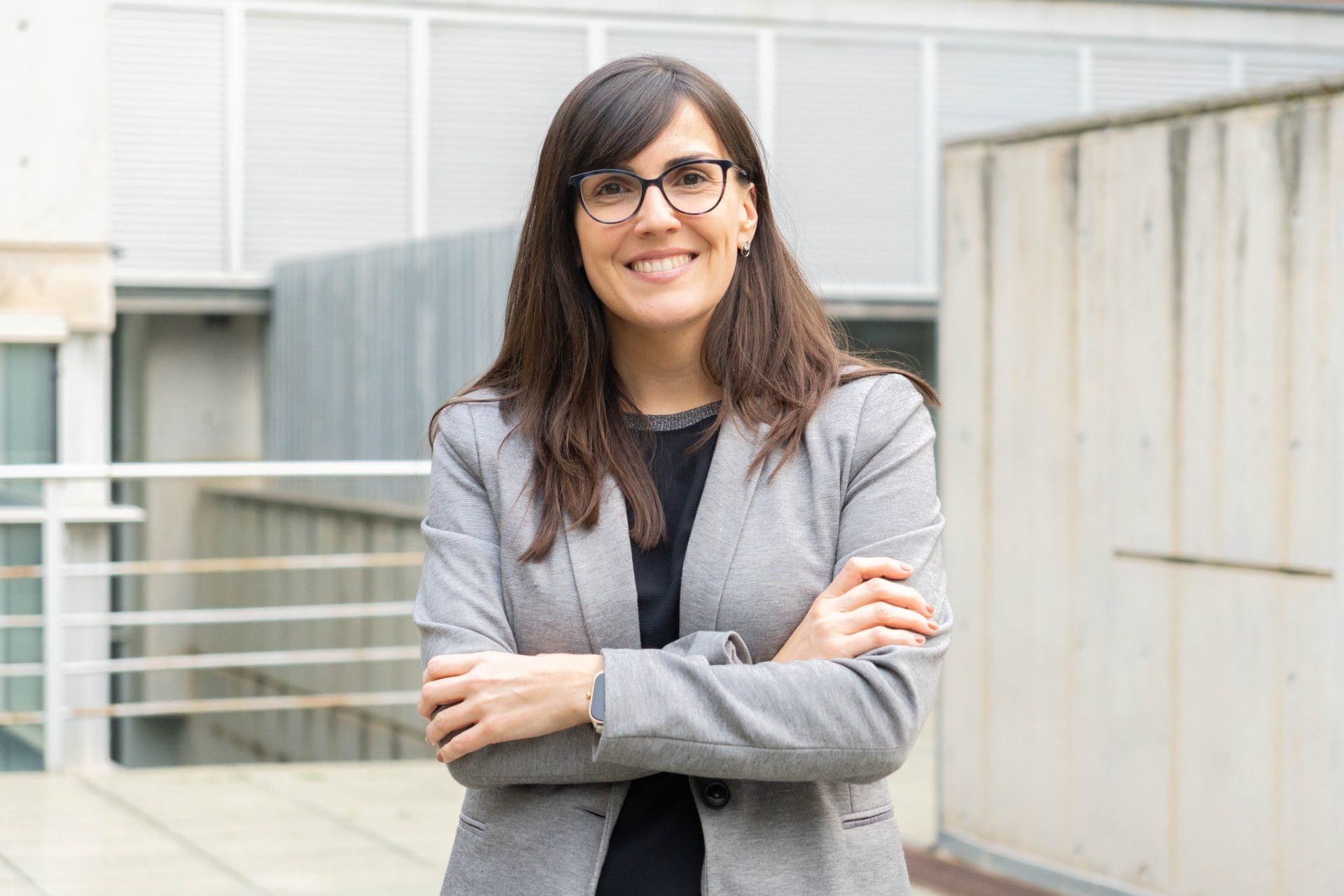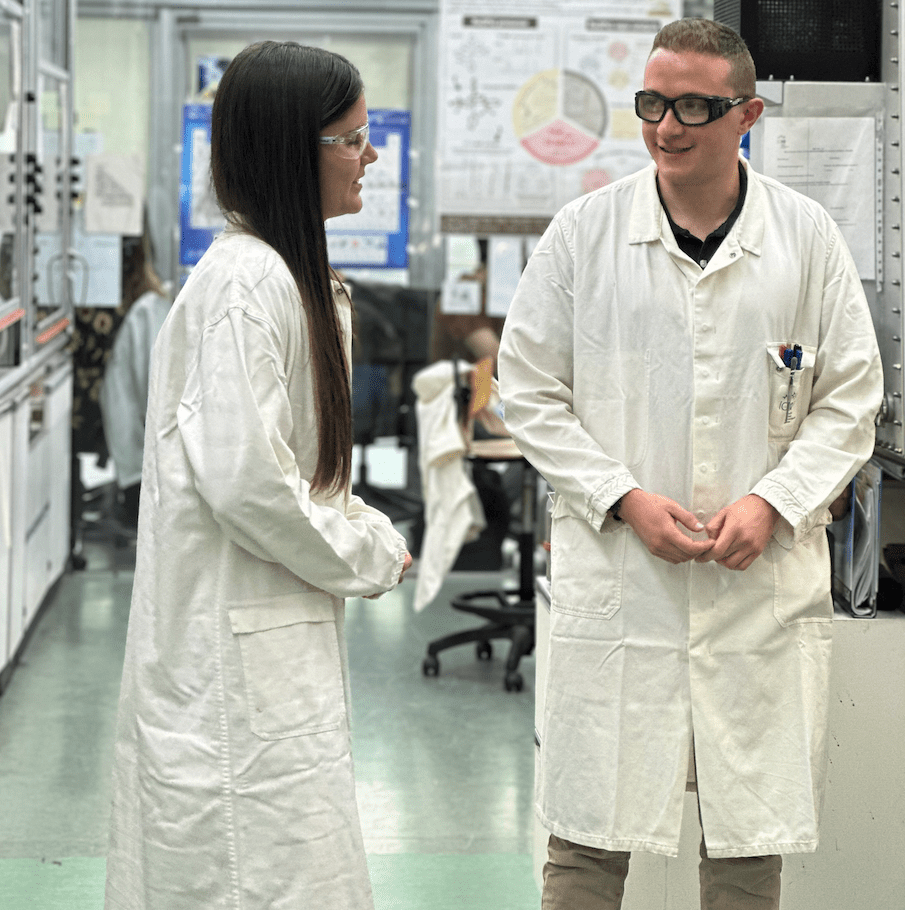How to avoid mercury in PVC production
9th May 2022 – The paper, co-led by ICIQ’s López group and published in Nature Nanotechnology, provides a new strategy to rationalise catalyst discovery.
Since the 1960s, scientists have been searching for a mercury-free catalyst for the production of the monomer vinyl chloride (VCM), a precursor to the highly demanded polymer polyvinyl chloride (PVC) – a plastoc used in myriad applications, from window frames to blood storage bags. With an annual global production of 13 billion kilograms of PVC, every year about 40 tons of mercury are released into the environment. Therefore, it’s imperative to find sustainable catalysts for the production of the monomer, as pledged in the 2013 Minamata Convention on Mercury. But finding replacement catalysts is no easy task.
Guided catalyst discovery
Nanostructured and single-atom catalysts (SACs) have disrupted the heterogeneous catalysis field in the last decade, revealing a distinctive reactivity that scientists are using to solve long-standing challenges, like the production of VCM. Now, researchers from ICIQ’s López group, together with collaborators from ETH Zurich, the Leibniz Institute for Catalysis, and the Paul Scherrer Institute, have published a paper in Nature Nanotechnology where they analyse a library of single-atom and nanoparticle catalysts and describe a reliable strategy to identify the catalytic performance descriptors. This will allow researchers worldwide to pinpoint the parameters needed for the rational design of catalysts for hydrochlorination reactions and beyond.
In order to identify the descriptors that will help to find a suitable and mercury-free replacement catalyst for the hydrochlorination reactions, the researchers generated a platform of single-atom and nanoparticle catalysts using different carbon-supported metals, including Au, Pt, Ru, Ir, Rh and Pd. Taking into account both the structure sensitivity (differences in the chemical activity of the atoms in a supported metal catalyst) of the different individual metals, as well as their interactions with the carbon support, the scientists set out to assess the catalysts’ behaviour under reaction conditions and their overall performance in acetylene hydrochlorination.
The results showed such diversity in active site structure and activity hierarchy that made it a challenge to identify a parameter that could be used as a descriptor to effectively guide catalyst discovery. So, the scientists gathered a multidisciplinary team and set out to perform steady-state and transient kinetic studies as well as chemisorption analysis and density functional theory modelling on their catalyst platform. To their delight, all techniques pointed to the same parameter to be used as a descriptor: acetylene adsorption energy.
For the scientists, the integration of the different methodologies used ensures the robustness of the identified descriptor, providing relevant implications for catalyst design. “The rationalization of catalytic performance up to the atomic level is only possible via the integration between synthesis, characterization and modeling,” explains Prof. López. Taking the findings one step further, the new strategy is also applicable to supported metal-catalysed reactions, providing a unique framework to obtain catalytic descriptors for a wide range of reactions.
Reference article:
Performance descriptors of nanostructured metal catalysts for acetylene hydrochlorination. Kaiser, S. K.; Fako, E.; Surin, I.; Krumeich, F.; Kondratenko, V. A.; Kondratenko, E. V.; Clark, A. H.; López, N.; Pérez-Ramírez, J. Nat. Nanotechnol. 2022 DOI: 10.1038/s41565-022-01105-4
Related news

Let's create a brighter future
Join our team to work with renowned researchers, tackle groundbreaking
projects and contribute to meaningful scientific advancements
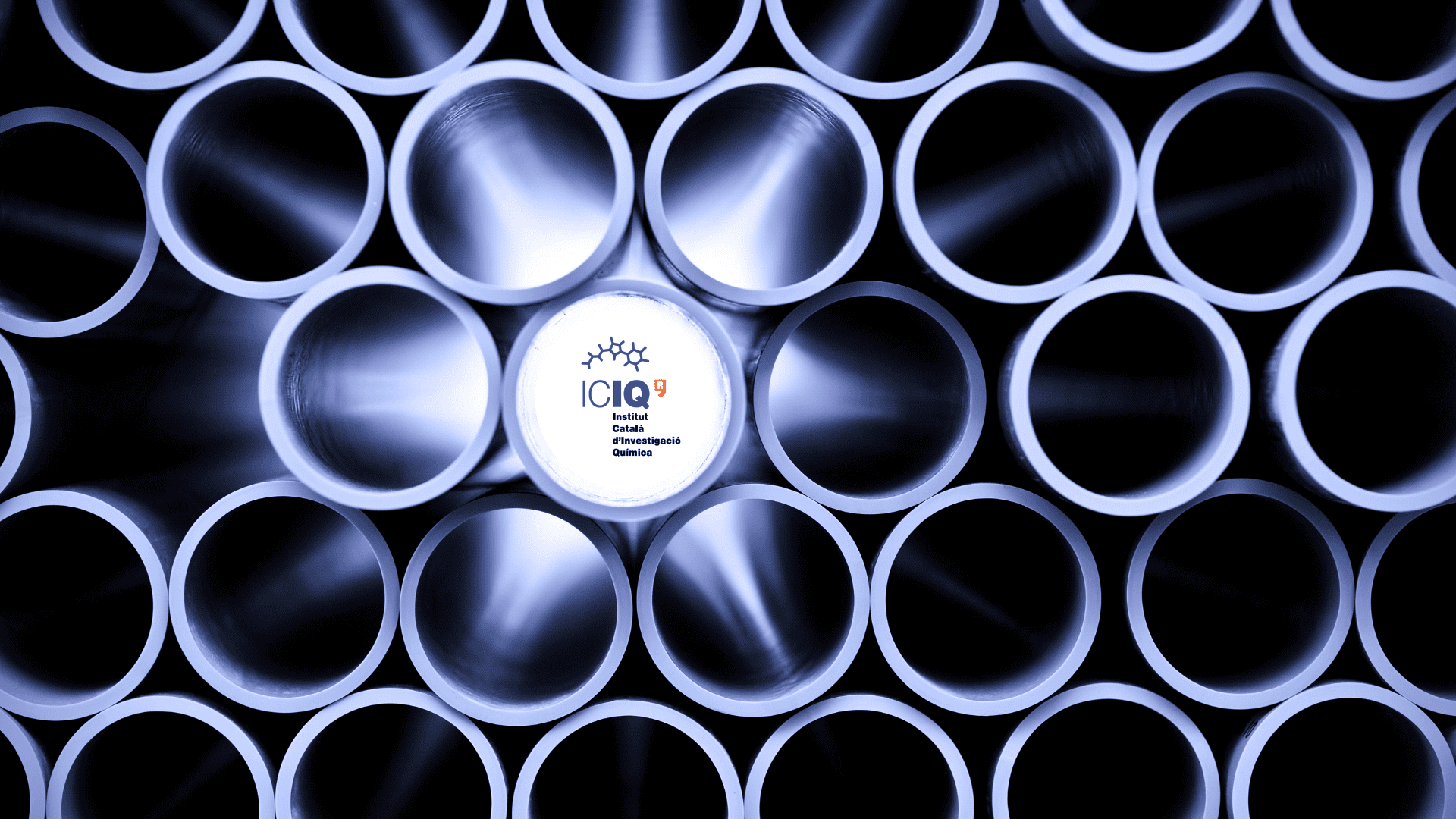





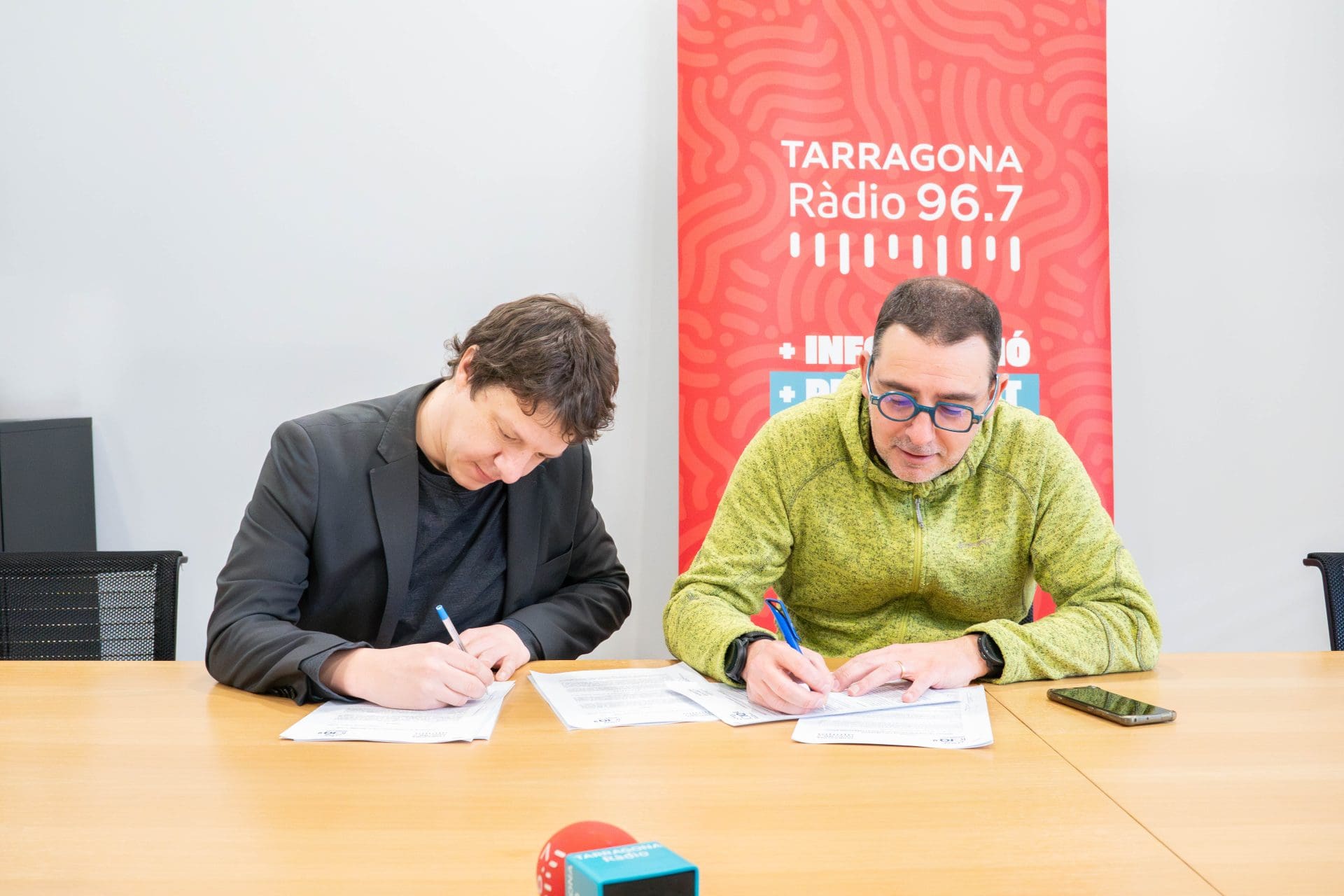
 16-04-2025
16-04-2025 